| plant associates |
"Nymphs of cixiids are subterranean, feeding on roots and possibly fungi. The significance of adult host records is unclear. Many cixiids are presumed to be polyphagous (as adults), most often on woody plants." Adults are polyphagous on woody plants, including: Salix (willow, Salicaceae), Alnus, Betula, Corylus, Tilia (basswood, Tiliaceae), Abies balsamea (balsam fir, Pinaceae), Picea mariana (black spruce, Pinaceae) |
| comments |
This species can be confused with C. pini. It is especially important to obtain a view of the underside, as the frons color can differentiate these two species: in pini, the face is typically entirely black, whereas in nervosus the face ranges from having a contrastingly pale clypeus to being entirely light in color. Additionally, males of nervosus have a characteristic hook projection on the anal tube that is easily seen without dissection (C. Bartlett pers. comment).
Some sources list the eastern population of this species, east of the Rocky Mountains, as C. basalis. Charles Bartlett notes that "Cixius nervosus is the senior synonym of Cixius basalis, which is currently not a valid name (and remains so until published otherwise). Superficially it looks similar to pini and coloepeum- in size and color. You might be able to find differences in pattern of coloration among these species, but I have been unable to find anything that I consistently believe outside of what is listed above. In specimens (as opposed to photos) I can separate nervosus consistently based on the tail (for males), and the bicolored front. I have tried hard to find a consistent difference between pini and coloepeum - I think there must be - but I have always dissected to be sure" (pers. comment). Cixius can be very difficult to ID and therefore a species identification may not be possible for some individuals.
|
Species Photo Gallery for Cixius nervosus No Common Name |
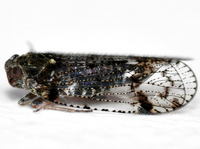 | Photo by: Kyle Kittelberger, Brian Bockhahn, Paul Scharf
Avery Co.
Comment: grassy, open area with shrubby vegetation and mixed forest nearby | 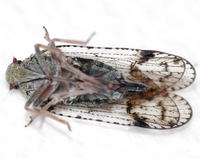 | Photo by: Kyle Kittelberger, Brian Bockhahn, Paul Scharf
Avery Co.
Comment: grassy, open area with shrubby vegetation and mixed forest nearby; male |
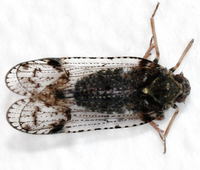 | Photo by: Kyle Kittelberger, Brian Bockhahn, Paul Scharf
Avery Co.
Comment: grassy, open area with shrubby vegetation and mixed forest nearby | 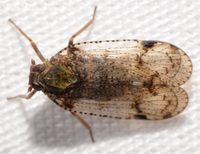 | Photo by: Kyle Kittelberger, Brian Bockhahn, Paul Scharf
Avery Co.
Comment: open area near mixed hardwood forest |
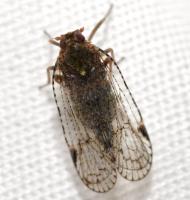 | Photo by: Kyle Kittelberger, Brian Bockhahn, Paul Scharf
Avery Co.
Comment: open area near mixed hardwood forest | 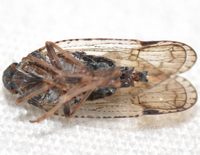 | Photo by: Kyle Kittelberger
Ashe Co.
Comment: collected by Bo Sullivan; male, |
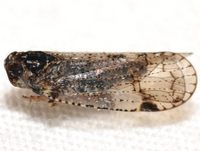 | Photo by: Kyle Kittelberger
Ashe Co.
Comment: collected by Bo Sullivan; male, 7.1 mm |  | Photo by: Kyle Kittelberger
Ashe Co.
Comment: collected by Bo Sullivan; male, |
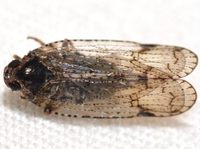 | Photo by: Kyle Kittelberger
Ashe Co.
Comment: collected by Bo Sullivan; male, 7.1 mm | 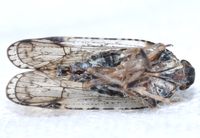 | Photo by: Bo Sullivan
Ashe Co.
Comment: photographed by K. Kittelberger; |
 | Photo by: Bo Sullivan
Ashe Co.
Comment: photographed by K. Kittelberger; | 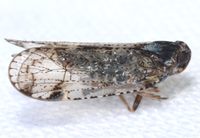 | Photo by: Bo Sullivan
Ashe Co.
Comment: photographed by K. Kittelberger; |
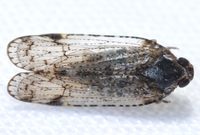 | Photo by: Bo Sullivan
Ashe Co.
Comment: photographed by K. Kittelberger; |  | Photo by: Bo Sullivan
Ashe Co.
Comment: photographed by K. Kittelberger; |
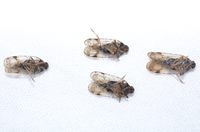 | Photo by: Bo Sullivan
Ashe Co.
Comment: photographed by K. Kittelberger; |  | Photo by: Bo Sullivan
Ashe Co.
Comment: photographed by K. Kittelberger; |
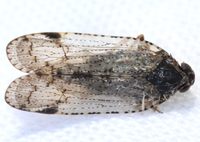 | Photo by: Bo Sullivan
Ashe Co.
Comment: photographed by K. Kittelberger; | 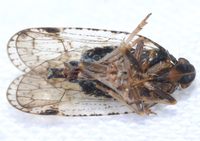 | Photo by: Bo Sullivan
Ashe Co.
Comment: photographed by K. Kittelberger; |
 | Photo by: Bo Sullivan
Ashe Co.
Comment: photographed by K. Kittelberger; | 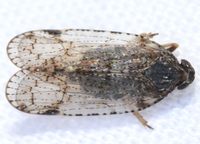 | Photo by: Bo Sullivan
Ashe Co.
Comment: photographed by K. Kittelberger |
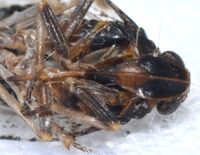 | Photo by: Bo Sullivan
Ashe Co.
Comment: photographed by K. Kittelberger; confirmed via specimen by C. Bartlett | 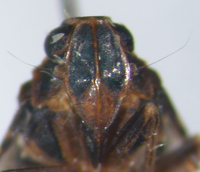 | Photo by: Bo Sullivan
Ashe Co.
Comment: male, 7.0 mm |
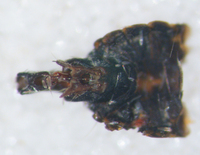 | Photo by: Bo Sullivan
Ashe Co.
Comment: male, 7.0 mm | 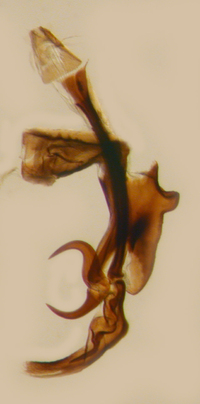 | Photo by: Bo Sullivan
Ashe Co.
Comment: male, 7.0 mm |
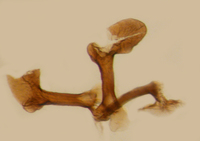 | Photo by: Bo Sullivan
Ashe Co.
Comment: male, 7.0 mm |  | Photo by: Bo Sullivan
Ashe Co.
Comment: male, 7.0 mm |
 | Photo by: Bo Sullivan
Ashe Co.
Comment: male, 7.0 mm | 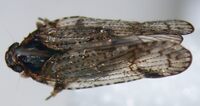 | Photo by: Bo Sullivan
Ashe Co.
Comment: male, 7.0 mm |
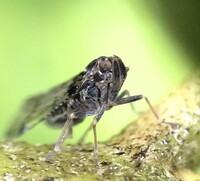 | Photo by: Ted Wilcox
Watauga Co.
Comment: unid_planthopper | 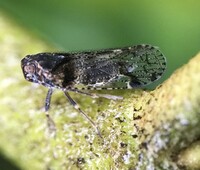 | Photo by: Ted Wilcox
Watauga Co.
Comment: unid_planthopper |
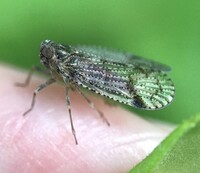 | Photo by: Ted Wilcox
Watauga Co.
Comment: unid_planthopper |  | Photo by: Ted Wilcox
Watauga Co.
Comment: unid_planthopper |
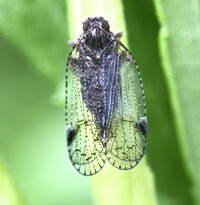 | Photo by: Ted Wilcox
Watauga Co.
Comment: unid_planthopper | 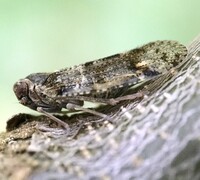 | Photo by: Ted Wilcox
Watauga Co.
Comment: unid_planthopper |
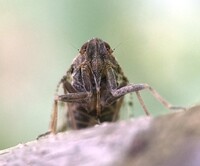 | Photo by: Ted Wilcox
Watauga Co.
Comment: unid_planthopper |  | Photo by: Ted Wilcox
Watauga Co.
Comment: unid_planthopper |
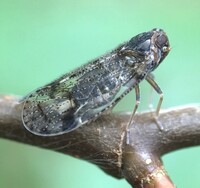 | Photo by: Ted Wilcox
Watauga Co.
Comment: unid_planthopper | 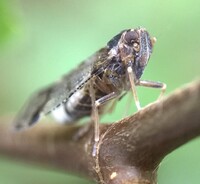 | Photo by: Ted Wilcox
Watauga Co.
Comment: unid_planthopper |
 | Photo by: Ted Wilcox
Watauga Co.
Comment: unid_planthopper | 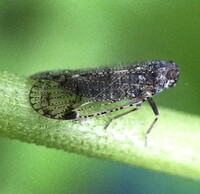 | Photo by: Ted Wilcox
Watauga Co.
Comment: unid_planthopper |
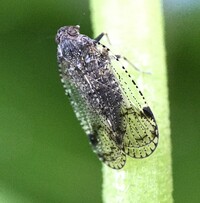 | Photo by: Ted Wilcox
Watauga Co.
Comment: unid_planthopper |  | Photo by: Rob Van Epps
Ashe Co.
Comment: Caught sweeping in a weedy, grassy field. |
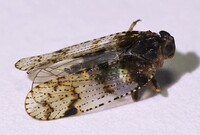 | Photo by: Rob Van Epps
Ashe Co.
Comment: Caught sweeping in a weedy, grassy field. | 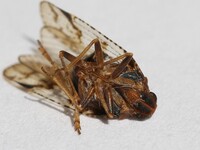 | Photo by: Rob Van Epps
Ashe Co.
Comment: Caught sweeping in a weedy, grassy field. |
 | Photo by: B. Bockhahn
Macon Co.
Comment: |  | Photo by: B. Bockhahn
Macon Co.
Comment: |
|

 »
»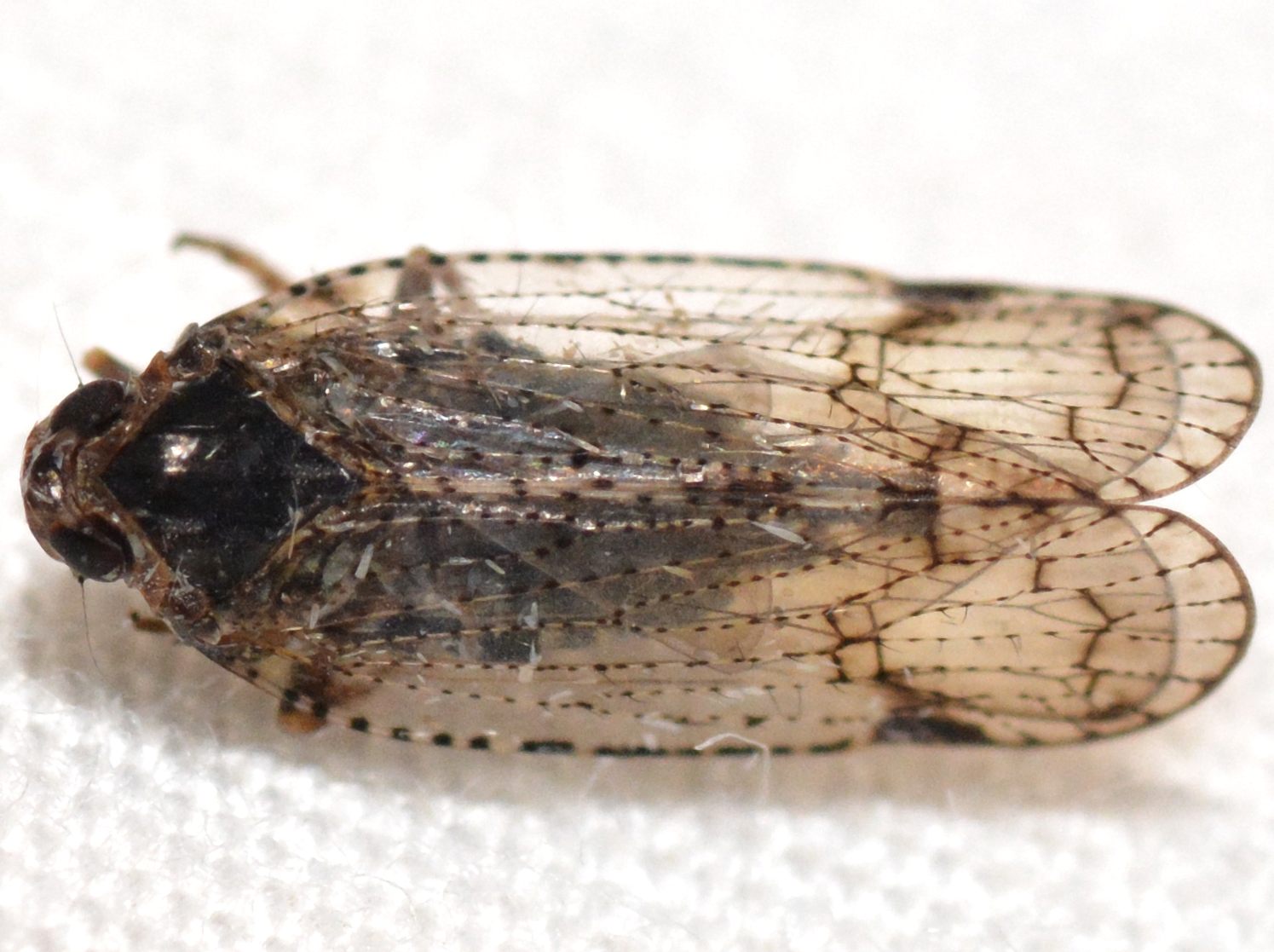

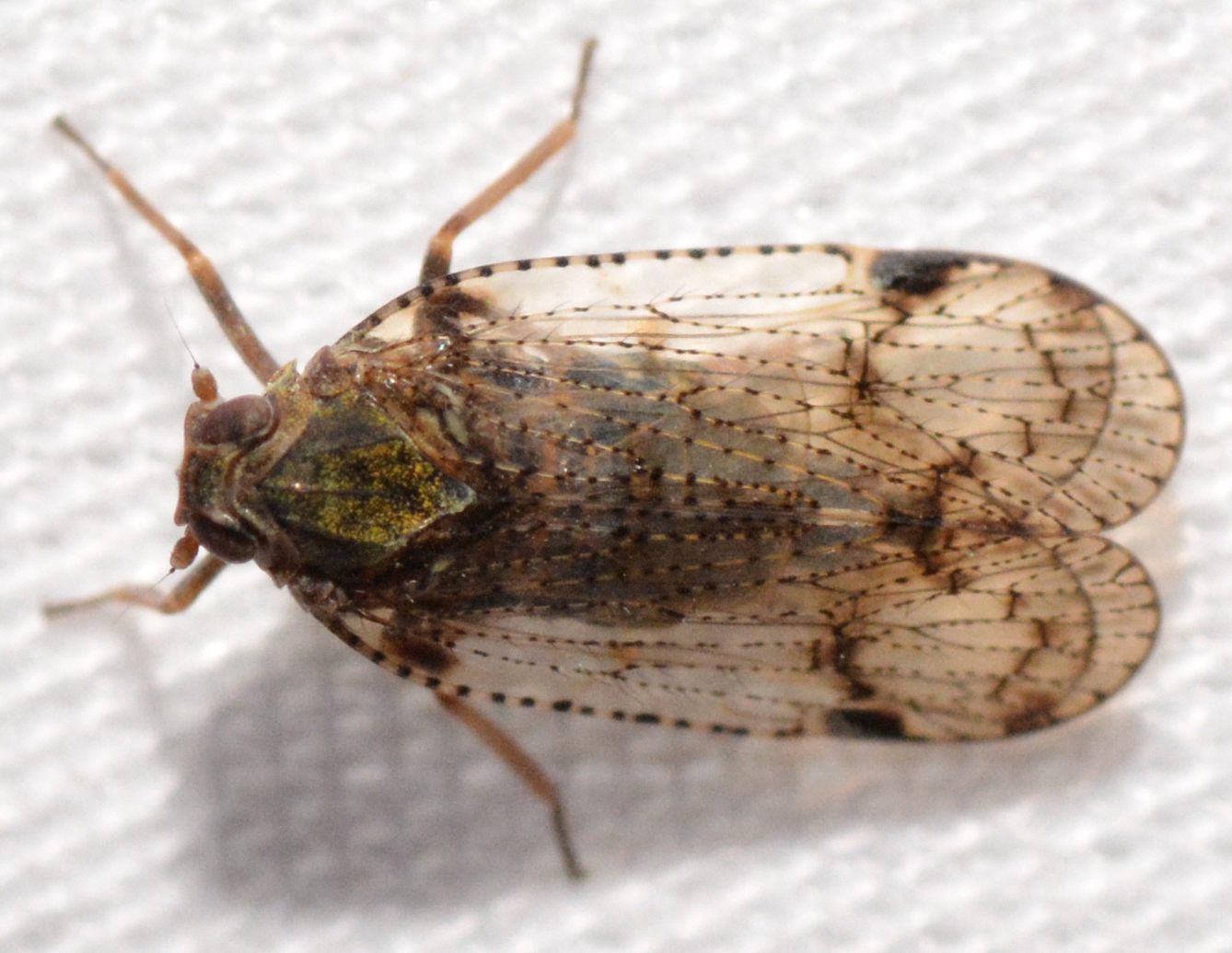
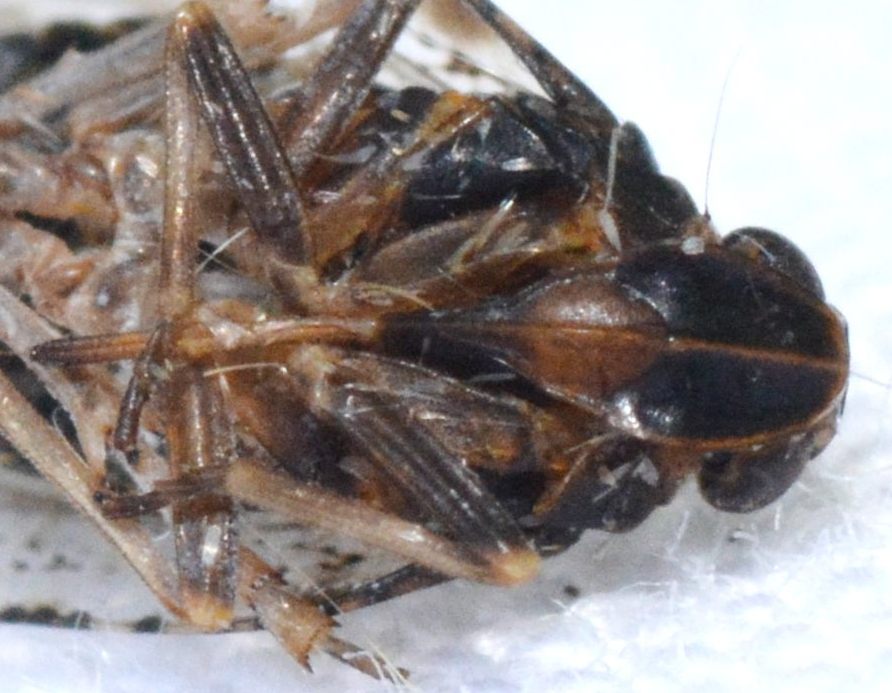

 »
»


